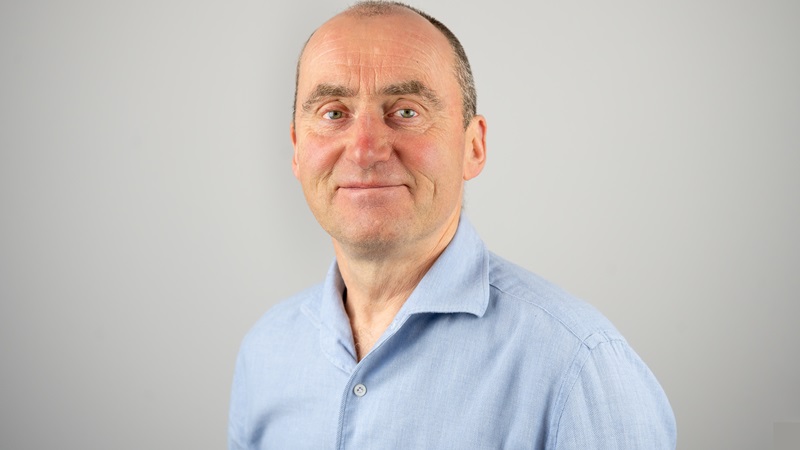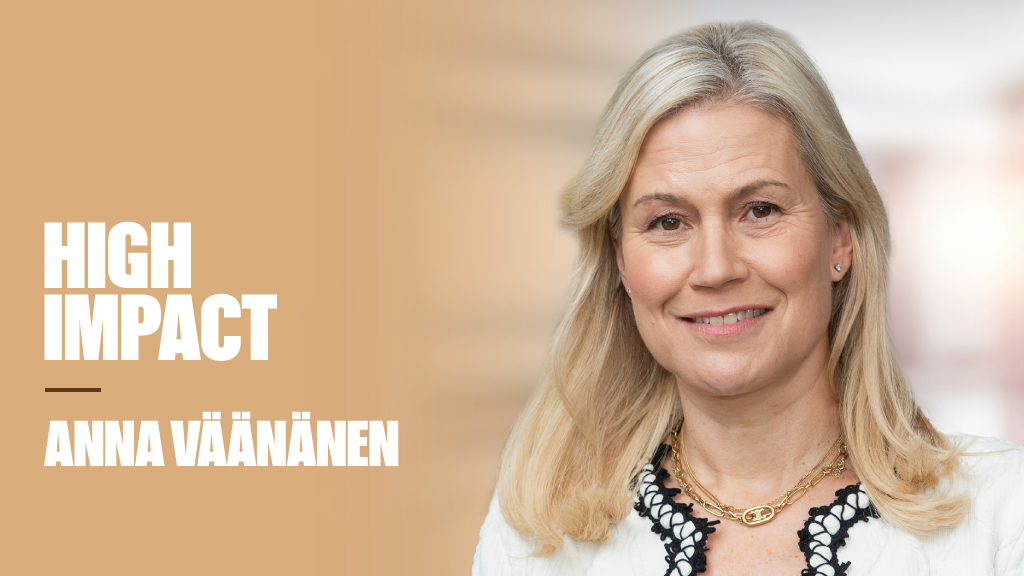The major test for fixed income fund managers at present has little to do with how they invest, but rather their reaction to how they are perceived by investors.
Having seen a significant tightening of spreads, after a once-in-a-lifetime opportunity to invest in credit in 2009, and perhaps confused by talk of a “great rotation” that may or may not be seeing vast swathes of capital moving into equities, investors want straight answers.
Amid an uncertain macro environment, veiled by inflationary pressures and unprecedented monetary easing – most recently in Japan – it is understandable that managers themselves might be a little bewildered by the road ahead.
Lifting the veil
For Paul Brain, investment leader for fixed income at Newton Investment Management (part of BNY Mellon), the problem is clear: “The big challenge for us is the perception that there’s no value in fixed income. We’ve heard that story for the past three years but we still say there is value. Ok it’s less apparent than it was, but there are some parts of the fixed income market that you could use as an insurance policy or others you can use as a source of return.”
As lead manager on the sovereign Newton International Bond and go-anywhere Global Dynamic Bond funds, and fast approaching his 30th year in the investment industry, Brain talks with authority when he says investors should rein in their expectations.
“You should be looking at a 4% return from fixed interest and if you can get better than that you’re lucky,” he says.
“For a pure government bond fund the available yield is 1.2%, for our opportunistic diversified fund the income we are throwing off is 3.8%, which I don’t think is too bad in an environment where cash is zero and equity dividends are more vulnerable and growth is zero to 2%.
“Clearly from what we have had in the past and the asset classes that have been fuelled by the liquidity story, expectations are higher than that but I think over the next couple of years those expectations have to come down.”
true
Still that does not mean there are not plenty of growth and yield opportunities to choose from for those who know where to look. The funds are run on a team-based approach, with experts in each fixed income asset class selecting individual investments, while Brain takes more of a top-down view.
“Duration management is the key over the next two years, whereas for the past two or three years it has all been about momentum and spread compression,” he says.
“Some of our investment grade corporate bonds have spreads that are so tight that they are quasi-government – the risk is more duration risk than it is credit risk. So you can see us selling that kind of investment and diversifying elsewhere.”
Not making the grade
Brain and his team have cut investment grade exposure in the fund from 45% down to 23% because of this spread compression which has been ongoing for the past four years.
However, he still likes high yield believing that the economic environment remains supportive.
He explains: “High yield has two factors in its favour. As long as growth is positive but not too strong, the high yield companies don’t tend to over lever, but on the other side their cost of borrowing is quite low so they can fund themselves quite cheaply; it is unlikely that default rates will rise in that kind of environment.”
However, he acknowledges that strategies in this asset class have had to change because spreads are a lot tighter than they were, and yields are much lower.
“What that does tend to do is give you less protection when things go wrong, as a high yield bond that’s yielding less than 6% is not going to provide you with a lot of protection if the economy is slow and you get a recession and you get high defaults.”
Tough choices
The Global Dynamic fund has allocations to each of the major fixed income asset classes, though Brain is not afraid to make bold moves when required. For example, he recently cut exposure to local currency emerging market debt from 25% to 15% in fear of Latin American markets, such as Venezuela, which he says have “squandered the commodity premium” and countries such as Poland which have already reached yield targets.
“We have enough opportunities in other markets to keep our weighting at 15% and that’s probably where we want to be for now unless the economic environment changes,” he says, adding that the fund’s emerging market debt exposure could fall to zero if economic growth slips further.
Deflation looms
Asset allocators looking to fixed income will have one eye on inflationary pressures, though Brain is adamant that we remain one crisis away from a deflationary shock rather than inflation worry. He points to quantitative easing offsetting deleveraging in the private sector, in particular the banking sector, while commodity prices remain a strong indicator of inflationary pressures.
“We see the global economy gradually coming down to a lower growth path, and as a result of that less inflation pressure rather than more,” he says.
“With the Chinese slowdown there is less demand for commodities, therefore commodity prices are also coming down. One worry we did have when the Federal Reserve initially started printing money was the leaking of that liquidity into commodity prices, but that seems to have finished and prices are on their way down. If that happens, headline inflation will come down.”
A safer bet
Brain acknowledges that government bonds are not necessarily top of investors’ lists as sound investments, though he particularly favours countries which are still cutting interest rates, such as Australia and possibly Canada, thus providing some safe haven protection if the global economy was to worsen.
He adds: “In our Dynamic Fund we have about 30% in governments and they are dotted around the world where there are positive real yields, a good credit story and the ability to hold on for the next couple of years and make some money.”
While there is much anxiety about fixed income markets, particularly government debt, there remains strong demand from investors, something Brain describes as “perverse”.
“Four years ago we described a situation of zero interest rate policy, of tremendous liquidity to offset the deleveraging of debt write-down leads to low growth, low growth, low expected returns and almost a perpetual coupon-clipping process until something changes,” he explains.
“Now what can change of course is you get an economic disaster, such as the eurozone collapses or the China investment cycle collapses, or the opposite and you suddenly get the economy starting to grow again and the ability therefore to reign back some of the liquidity and maybe tighten interest rates. But once that doesn’t happen you’re almost in a goldilocks scenario for fixed income because if you look at the absolute yield level, it is low. But if you compare that to cash or five-year government bonds, it is still very attractive.”










